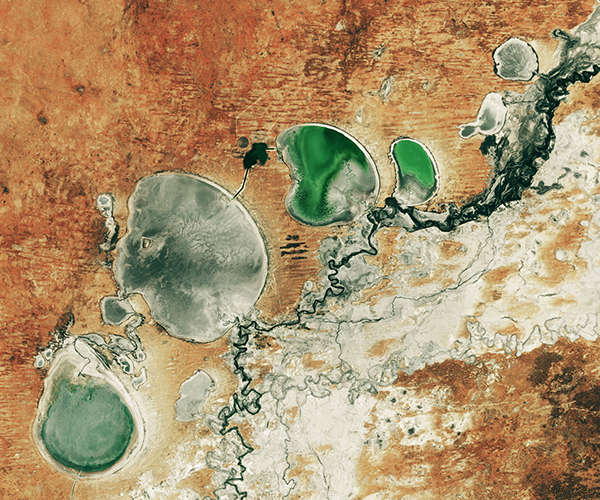Is everything everywhere? Diatom community ecology meets biogeography
Description: Determining the mechanisms of community assembly forms the foundation of biogeography and community ecology. Studies of the biodiversity of macro-organisms have recognized the roles of environmental, spatial, and historical factors in structuring communities at different spatial and temporal scales, but the influences on microorganisms are not well studied. Diatoms (unicellular siliceous algae) are a very species-rich group of algae, disperse widely, and respond rapidly and sensitively to environmental variation because of their position in the food webs as first responders to change. In this talk I will use the tropical South American diatom database to illustrate macroecological patterns of species across lentic and lotic environments, including predictors that describe local (limnological) and regional (geo-climatic) factors. Information from the database can be used to tackle fundamental questions in macroecology using diatoms as model organisms, including metacommunity ecology and eco-evolutionary research. From an applied perspective, the consideration of niche and dispersal factors can further develop multiple, interdisciplinary hypotheses on the mechanisms driving microbial diversity and community assembly in the Neotropics, with special emphasis on endemism.
Target Audience: Biologists, ecologists and geographers interested in microbial macroecology.
 Diatoms of North America
Diatoms of North America